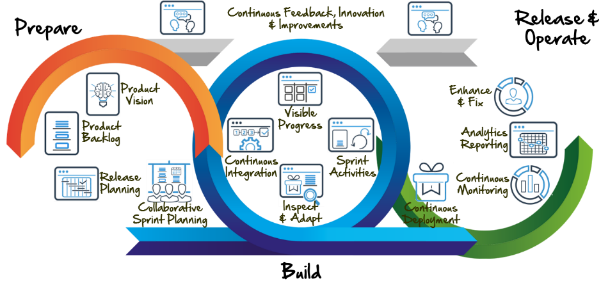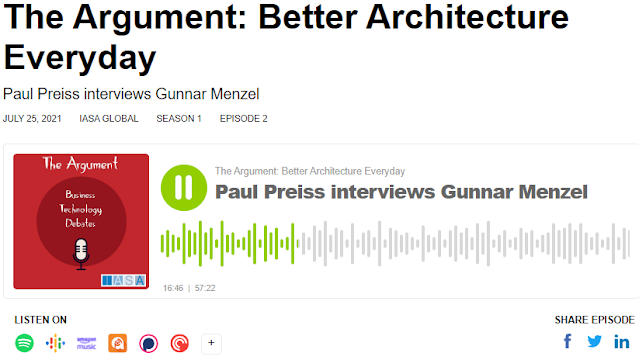Event based versus Data based Programming
Over the years our landscapes have significantly changed, shifting from monolithic to client server to now cloud based microservices architectures :
Along the shift to cloud based microservices, programming styles have also changed and in this short blog I will focus a bit on programming paradigms by discussing: Event based versus Data based Programming
When I started programming in the mid-1980, only a small number of so-called “programming paradigms” where available – most notably imperative languages [1] or better procedural / functional languages like C++ developed around 1980 as well as Modula and Ada. For me the work that Bjarne Stroustrup did related to programming was hugely influential – his book “The C++ Programming Language” issue in 1985 was in of my first IT books and it was the start of my IT career.
Today, 30
years later, there are between 25 and 30 different programming paradigms.
Everything from “action” and “agent oriented” to “symbolic” and “Value-level”
and there are two that are quite important today: Event based, and Data based
programming.
One of the
main paradigms that is fairly well known and used is event-based programming
(EBP); in EBP we develop code that includes pre-defined business logic that
follows a certain predefined flow of events – first “do A”, then “B” and then
“C” if “X=1” else “do D”. It is how many of us learned to programme / code. The
logic is easy to learn and there are many programming languages that supports
this paradigm.
One key
drawback is, however, the fact that when the sequence of events changes, the
logic has to be modified. The only way to modify the sequence of events is to
modify the code. And this can be time and cost consuming. You will have to
start a project including finding the budget to pay for the changes. You will
have to design the changes, develop the code changes, test them and implement
the change. All of this can take days or weeks and will cost time and money.
A different
approach to programming is to use a data driven programming paradigm. With data
driven programming the flow is in the data that is provided; the code does not
contain any business logic and instead the flow is controlled by the data. awk
and sed are two good example of data driven programming. Both use the parameter
you provide as the data as well as the instruction of what to do with that
data. The advantage of data driven programming is that if the business logic
change all you need to do is to change the data you are providing to awk or
sed.
Nothing is perfect, and also data driven programming has some implications. Most notably data driven programming can lead to more complex setups, as you are combining data “payload” and event instructions. In other words, the data you provide is the “real” data – like first name or postcode – and the instructions what to do with that “real” data like – “-i -d”.” /f=2” – meaning to insert the name spilt by “.” with an error handle f2. Again, awk and sed are good examples.
Whilst data
driven programming has also been around for a long time (awk and sed is a UNIX
based command) most applications developed are using event based. But there are
more and more requests to investigate data driven
programming/architectures. As mentioned before, data driven programming can be
more complex. However, designed properly complexity can be reduced and for certain
areas data driven programming might be more beneficial.
Thanks for Reading






Comments
Post a Comment